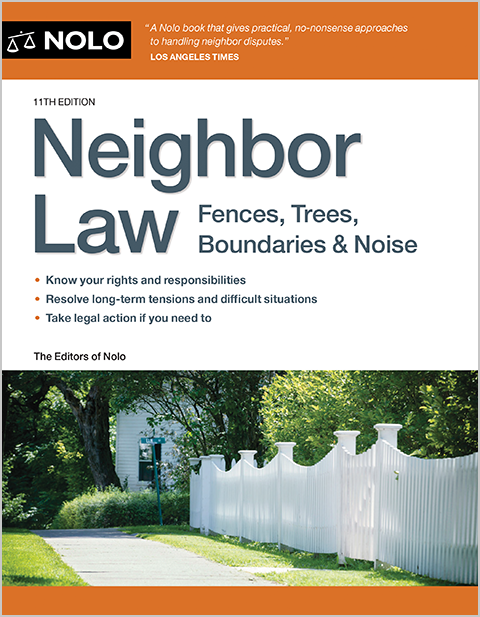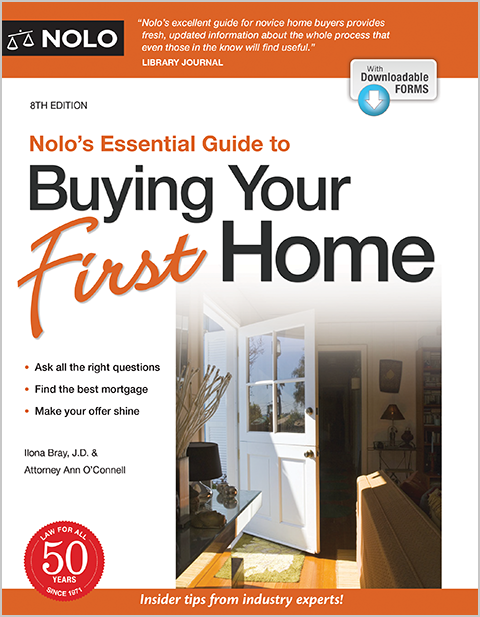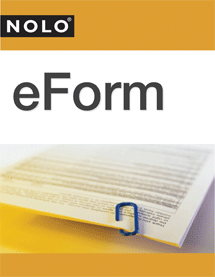How land-use laws apply to tiny houses in Washington.
Question
I live in Washington state and own a house in a residential area. I would like to build a tiny house in my backyard to rent to local college students. My plan is to build it on a foundation. Is this legal in the state of Washington?
Answer
In Washington state, zoning regulations vary between jurisdictions, so the answer to your question depends largely on where you live. However, the state has also passed legislation containing requirements for tiny houses (SB 5383).
Thus you'll need to look at more than one set of rules. This article will provide you some background information to help start your research.
(Note: Because you described a tiny house being built on-site, you don't need to worry about the Washington Labor & Industry Department's rules for tiny houses built off-site with the idea of eventually moving them.)
What Washington State Law Says About Tiny Houses
The Washington legislature generally seeks to encourage construction of tiny homes. For example, it stated in its new law that (with some exceptions), cities or towns can't pass ordinances directly or indirectly preventing the entry or requiring the removal of a recreational vehicle or tiny house with wheels if they're being used as a primary residence in a manufactured or mobile home community.
Of course, that doesn't apply to a single tiny house in your backyard.
The legislature also, however, passed construction standards for all houses, tiny houses included, in "Appendix Q." This sets certain standards for tiny houses (of 400 square feet or less, whether on wheels or not) that are used as places to live. The standards include, for example, minimum ceiling heights for different rooms, and require mechanical ventilation of the whole structure.
For tiny houses built on-site, on a foundation, and intended for human habitation, the state mostly leaves it to local governments to draft building codes dictating what you can and cannot construct. Such codes normally include building and safety standards related to the foundation, electrical components, insulation, egress (ways to exit the dwelling), protection from moisture, and plumbing.
Across the board, local governments in Washington adopt the International Building Code (IBC) and make any appropriate amendments. For example, the Seattle Building Code (SBC) is the IBC with adopted amendments specific to Seattle's needs.
Local Zoning Regulations Also Control Land Use in Washington State
Local governments in Washington state usually codify their zoning controls in a development code or land use code, within their general code. For example, the city of Vancouver, Washington's development code is in Chapter 20 of the Vancouver Municipal Code. You'll find Spokane County's zoning code in Chapter 14 of the Spokane County Code.
If you do not already know your property's exact zoning designation, be sure to find it out. For example, your property might be in a "single-family residential" or "light industrial" zone. One way to find out is to call the local planning department. Or, check whether your local government has an interactive website allowing you to research your property. For instance, if your property is in King County, you can go to the County Assessor's website and run a report with just your address.
The next step is to see what uses are allowed on your property based on the zoning. In a case like yours, where you plan to use the tiny house as an accessory dwelling, you will want to review the code provisions that relate to your zone (and any applicable overlay district) to see whether accessory dwelling units (or similar uses) are permitted. Sometimes detached ADUs, like a tiny house, are referred to as cottages.
You will not necessarily review the code for references to "tiny houses." Instead, focus on whether the intended use, in this case as an accessory residential dwelling, is lawful. If, for example, you planned to use it as a home office or art studio (not an ADU), the answer to whether it is lawful might differ; even though it's basically the same tiny house, identical in appearance and location.
Your Local Zoning Code's Development Standards Might Make Your Tiny House Plan Difficult to Achieve
Zoning codes in Washington also include development standards that guide development in each zone. Development standards include requirements relating to setbacks, lot coverage, height restrictions, utilities, parking, landscaping, and even lighting.
Some of these standards can make development of a tiny house difficult or impossible. If, for instance, your backyard is small, you might not be able to comply with setback requirements or be able to develop the required parking space.
On a related note, you should also review any private land use restrictions. As an example, Covenants, Conditions, and Restrictions (CC&Rs) control the development of property in subdivisions or communities governed by homeowners' association (HOAs). In fact, subdivisions sometimes have stricter development standards than local governments. If applicable, it is important to review any CC&Rs and other development restrictions carefully to see whether tiny houses are allowed.
Ask an Attorney for Help in Understanding Complex Regulations
Land use regulations can be difficult to understand if you are new to reading them. Talking to a Washington land use attorney about your case will ensure that you receive advice based on the applicable zoning ordinance for your property. Failure to comply with all applicable laws could lead to a code enforcement action and a fine, so following the rules is important.
Talk to a Lawyer
Need a lawyer? Start here.
How it Works
- Briefly tell us about your case
- Provide your contact information
- Choose attorneys to contact you
- Briefly tell us about your case
- Provide your contact information
- Choose attorneys to contact you


